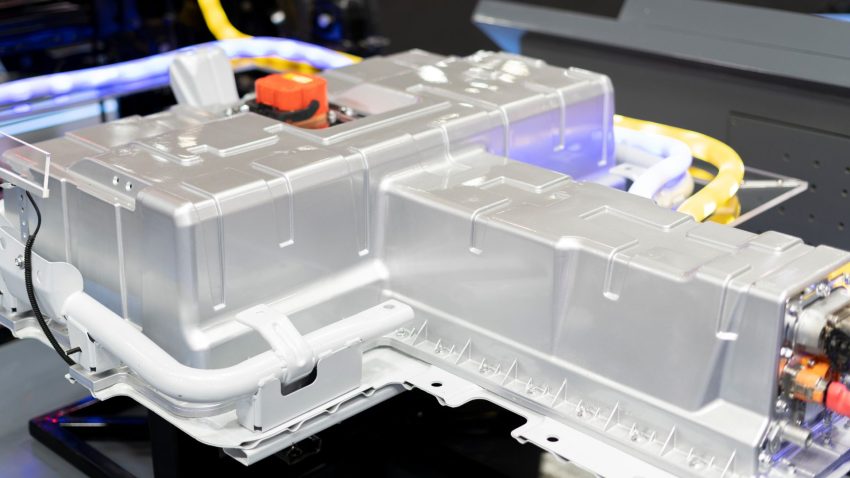Innovations in Battery Technology: Self-Healing Systems for Electric Vehicles
Scientists are making significant strides in the development of self-healing batteries that can detect internal damage and initiate repairs. This groundbreaking technology has the potential to double the lifespan of electric vehicles (EVs), addressing one of the major challenges in the industry—battery degradation. As EV adoption continues to grow, the need for more durable and sustainable battery solutions becomes increasingly critical.
The research is part of a larger initiative called PHOENIX, which is funded by the European Union. The goal of this project is to create batteries that are both long-lasting and environmentally friendly, supporting the transition of the transport sector toward greener alternatives. One of the key objectives is to meet ambitious targets such as the EU’s 2035 zero-emission mandate for new cars.
“Extending battery life will also reduce the carbon footprint of EVs, offering a win-win for both consumers and the environment,” said researchers involved in the project. By creating batteries that can repair themselves, the overall demand for resources can be significantly reduced, leading to a more sustainable future.
Advanced Sensor Systems for Early Detection
A crucial component of the PHOENIX project is the integration of advanced sensor systems within the batteries. These sensors are designed to monitor various internal conditions, providing more detailed data than traditional Battery Management Systems (BMS), which typically focus on basic parameters like temperature, voltage, and current.
“Currently, what is sensed is very limited in general temperature, voltage and current,” noted Yves Stauffer, an engineer at the Swiss Centre for Electronics and Microtechnology (CSEM). “In addition to providing an estimation of the remaining energy availability, it ensures safety.”
The PHOENIX system goes beyond conventional monitoring by detecting physical swelling, generating internal heat maps, and identifying specific gases. This early warning system allows the battery to recognize potential damage and initiate healing processes. For instance, if the battery detects an issue, it can activate mechanisms such as squeezing itself back into shape or applying targeted heat to trigger self-repair.
Techniques for Self-Repair
Researchers are exploring multiple methods to enable self-healing in batteries. One approach involves using targeted heat to reform chemical bonds. “The idea is that under thermal treatment, some unique chemical bonding will bounce back,” explained Liu Sufu, a battery chemist at CSEM.
Another technique involves the use of magnetic fields to break down dendrites—metallic growths that can lead to short circuits. By addressing these issues proactively, the batteries can maintain their performance over a longer period.
Enhancing Performance and Sustainability
Beyond just extending battery life, the PHOENIX project also aims to improve overall performance. Researchers are working on next-generation batteries with higher energy density, which could lead to lighter EVs with extended ranges. A key area of focus is the use of silicon in battery anodes, which has the potential to store more energy than the standard graphite used in current batteries.
The self-healing technology developed through the PHOENIX initiative could provide the stability needed to make silicon-based anodes commercially viable. This advancement could revolutionize the EV industry by reducing reliance on critical raw materials such as lithium and nickel.
Challenges and Future Prospects
While the technology shows great promise, there are challenges to overcome. The integration of sensors adds to production costs, and the team is actively working to optimize the technology for economic feasibility. Despite these hurdles, the researchers remain optimistic about the future of self-healing batteries.
“It is exciting to prolong the lifetime of batteries and work on EVs,” concluded Johannes Ziegler, a materials scientist at Germany’s Fraunhofer Institute for Silicate Research ISC. “It is all about bringing the parts together.” With continued research and development, self-healing batteries could become a game-changer in the electric vehicle industry, paving the way for a more sustainable and efficient transportation future.
